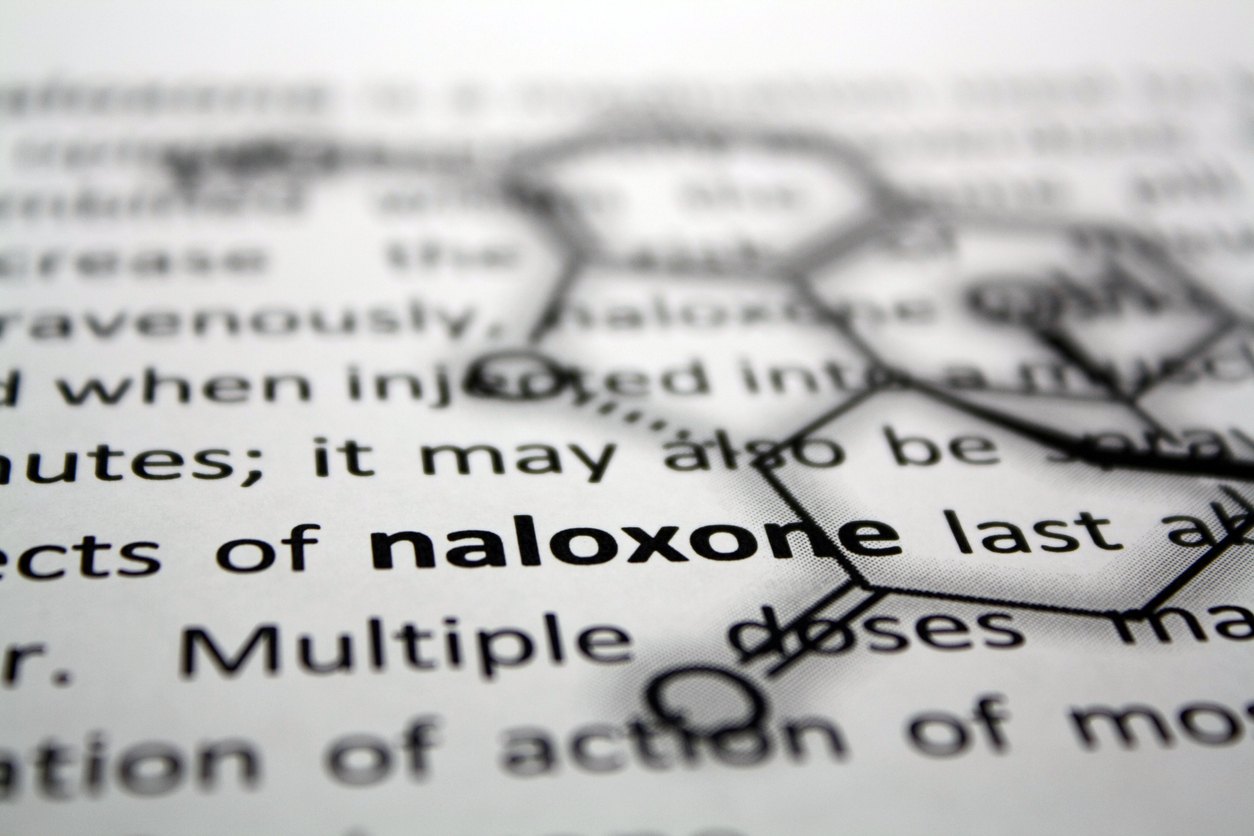If it weren’t for naloxone, many Americans would not be alive today. From 1996 to June 2014, at least 26,000 opioid overdoses were reversed with naloxone provided by community-based organizations. Naloxone access laws correlate with a 9 to 11 percent reduction in opioid-related deaths by state.
In 2017, 70,237 Americans died from drug overdoses, and in 67.8 percent of those deaths, opioids were involved. Furthermore, research shows that most opioid overdose deaths are accidental. If most of these deaths are accidental, they can be prevented, and increasing access to naloxone, the opioid overdose antidote, is one way to make strides toward that goal.
Over the past several years, naloxone was made more available to patients and caretakers. Several years ago, standing orders for naloxone access started appearing in many states. Many of the state boards of pharmacy were encouraging pharmacies to dispense naloxone with high-dose opioid prescriptions. Today, naloxone access laws have been enacted in all 50 states.
Despite increases in national naloxone distribution, the rate of naloxone dispensed per high-dose opioid prescription is still not as high as expected — just one naloxone prescription dispensed for every 69 high-dose opioid prescriptions. The general guideline in pharmacy is to dispense naloxone with high-dose opioid prescriptions, because medication errors can occur. Caretakers can accidentally administer the wrong dose, or patients can mistake one medication for another. Dispensing naloxone with high-dose opioid prescriptions and advising patients and caretakers on how to recognize an overdose and administer naloxone protects patients from these accidental overdose scenarios.
Further change involving how we use naloxone is on the horizon. Advocates are reporting fentanyl in counterfeit prescription pills and street drugs. Because of fentanyl’s potency, the way naloxone is used may need to change — higher doses administered more quickly. In addition, naloxone lasts only 30 to 45 minutes before it wears off and another dose may be needed.
Some possible steps that you can take to prevent accidental opioid overdoses and increase access to naloxone in your community include:
- Dispense naloxone with high-dose opioid prescriptions.
- Counsel patients and caregivers on how to use naloxone.
- Familiarize yourself with the naloxone access laws in your state.
- Spread the word about community groups and harm reduction organizations that provide free naloxone kits and training in your area.
- Talk to legislators or other regulators about allowing for pharmacist prescribing or collaborative practice agreements. Alternatively, work with the state department of public health to expand naloxone delivery through statewide protocols.
- Advocate for increasing awareness and putting naloxone boxes in public places.
- Recommend that anyone who is using opioids or knows someone using opioids — whether family, friend, or patient — carry the rescue drug.
While naloxone may not be the one-size-fits-all solution to the opioid epidemic, increasing access to the life-saving tool is essential to getting patients impacted by addiction the help they need. Ultimately, taking these steps can save lives.
